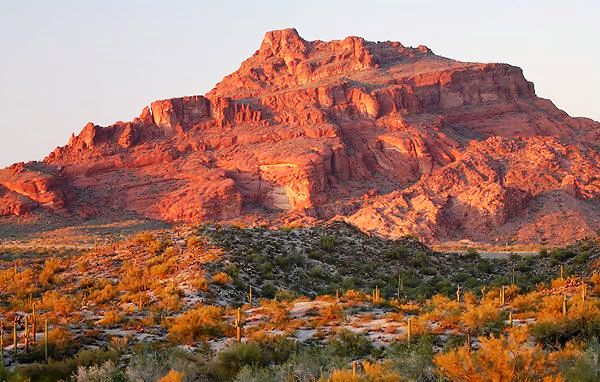If you’re looking for an amazing sight to see, Red Mountains Arizona, should be at the top of your list! These mountains are a beautiful red color, and they make for a stunning landscape. Whether you’re a nature lover or just looking for something breathtaking to photograph, the Red Mountains in Arizona are well worth a visit!
The San Francisco Volcanic Field is an area rich in history and geology. This north-eastern region contains hundreds, if not thousands, of cinder cones as well as other volcanic relics such as pyroclastic rocks that were once part of a lava flow or study. But now they stand tall like silent sentinels waiting for someone else’s wrathful touch so these mighty guardians may watch over us from their lofty heights.
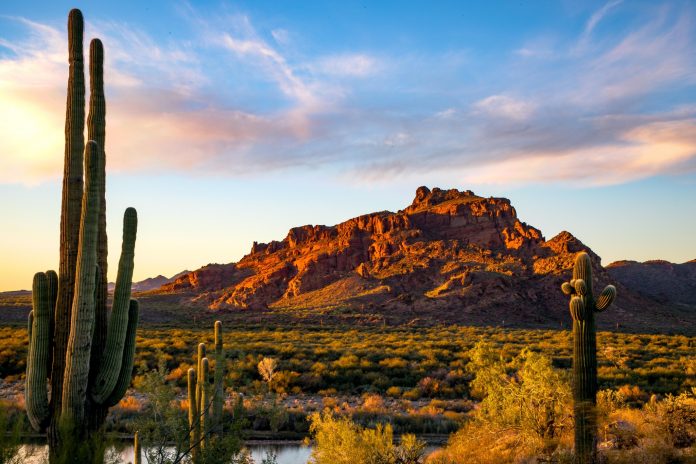
Red Mountain is a volcanic cinder cone located in the Coconino National Forest, 25 miles northwest of Flagstaff. It rises 1,000 feet (300 m) above its surroundings and has an opening toward the west, which forms what looks like “U.” The best way you can think about how amazing this place really feels is by saying, “You cannot stop looking at them.”
When viewed from above, Red Mountain is U-shaped and not circular. The opening angles, westward, make it distinctive in appearance. One quite well-known location that could be mentioned regarding geology would be cinder cones like Mount St. Helens or even volcanoes such as Mt. Fuji (the tallest peak found within Japan). These types of mountains are usually very symmetrical when seen from any angle but this particular instance isn’t so there’s plenty for you to write about!
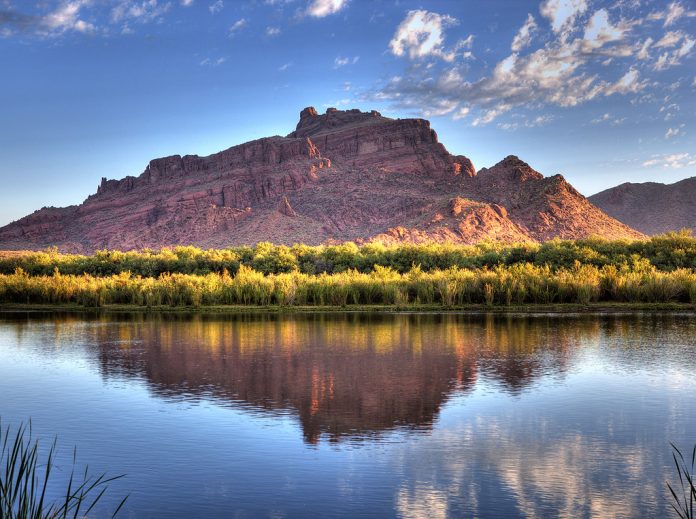
Erosion on this mountain’s northeast face has produced a curved amphitheater surrounded by jagged cliffs and full of pinnacles. Partly wooded but more spectacular are these western slopes, which offer scenic views as well, from their smooth black ash texture to how it’s been eroding away at such an angle that you can tell there must have once been trees here!
Though the rocks are mostly a rich reddish-brown color, some scattered outcrops have black or grey coloring, and they all contrast beautifully with the bright green vegetation around them. This creates one photogenic scene! The colors of this landscape are unlike any other. The rocks that dot the hillsides are mostly a rich reddish-brown, though some scattered outcrops show black or grey hues against their green backdrop, making them stand apart from everything else around them—and adding even more beauty to what would otherwise be an otherwise ordinary scene!
The best time to visit this formation is in the morning or middle of the day, when it becomes more shadowed and interesting. The surrounding land around Mount Sunrise Mountain Peak National Forest is part of undeveloped forests that offer primitive camping possibilities for those who want a break from nature!
Hoodoos are found all over the west side of this area, but some stand out as being particularly large and impressive. These red-colored hoodoo formations have a harder lava caprock top mixed in with other pinnacles made entirely from ash deposits that vary between different types depending on terrain quality for example, how much pressure they’ve been under at certain points during the formation process, which affects their shape.

These ravines are not for the faint of heart. There’s a reason they’re called “narrow,” and it has nothing to do with how far off this area is from anywhere else! You’ll find several very short, narrow valleys hereabout, each with its own unique feature. One such example includes two dry falls—climbable using logs left behind by previous visitors or indigenous people—that lead up towards an enclosed chamber containing what might be one big round rock. Who knows?!
The central part of this bowl is more wooded and open, with generally smaller hoodoos. Toward the north, there is a larger ravine—the main drainage channel—that narrows before dividing into two steeply rising streams that meet at a 7,965-foot high point in between them. Many formations can be found above these layers, up towards their peak height!
The slopes of this mountain are covered with loose ash that can be difficult to climb, but there are also some rocks you could use for your footing. The best part about it? It ends right at the mouth, where waves crash against cliffs and spray up into clouds! The journey to the summit is not easy, but it’s worth every step. The red rocks and grayish outcrops mix together in a beautiful way around this area, making for an even more picturesque view than what you’ve been seeing so far!
When you get to the top of this ridge, there are some strange cavities that have been eroded into coarse-grained grey rock (cemented cinders). These areas contrast with the fine ash surrounding them.
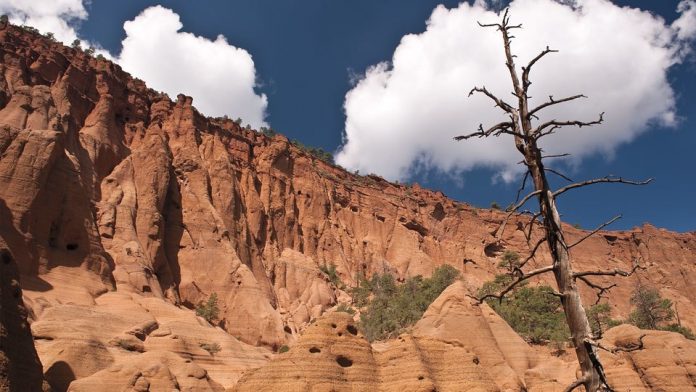
Trail of Red Mountains
The trail into the amphitheater is lined with small black grains that are often mistaken for Apache’s tears (obsidian). These crystal-like pieces of pyroxene and amphibole can be seen on either side, giving off an appearance similar to obsidian when, in fact, they come from a completely different silica composition!. The Red Mountain Trail is a challenging hike with breathtaking views.
It starts out heading west from the parking area over sparsely vegetated ground before passing across an open space that offers good perspectives on nearby Low Peak ahead of you as well as white sandstone cliffs near its peak at 1 mile into this trail’s length.
Beyond these initial stages, there are increasingly thicker galleries containing tree roots leading up towards higher elevations where sunlight can penetrate more easily, making for greener surroundings all around! Then we finally reached our final destination: a sheltered gravelly wash lined by larger Ponderosa pines, which make it feel almost like home.
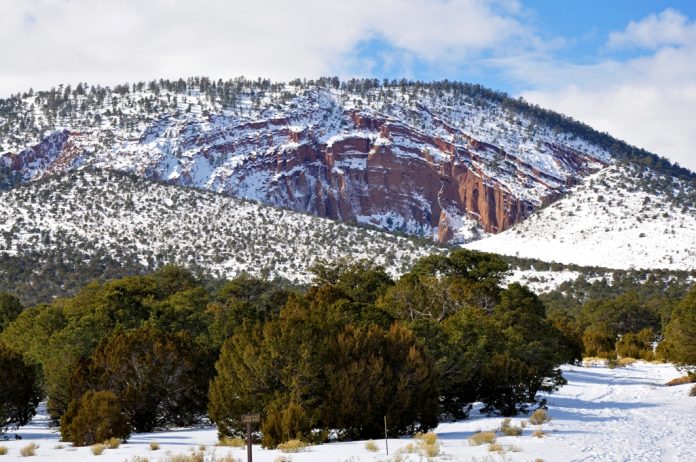
The drainage becomes V-shaped in profile, running between big slopes of black ash. It meets the lower edge of an amphitheater marked by short steps over a stone check dam which keeps hikers safe from any rockslides that might happen while exploring this spot but also warns against going too far because it could damage areas already considered fragile enough without adding more harm done by human hands. The trail ends just beyond where you’re free to explore these formations without any restrictions if only stay within designated boundaries. Therefore, whenever you visit this part of the world, the Red Mountains in Arizona should be on your list of things to do.
